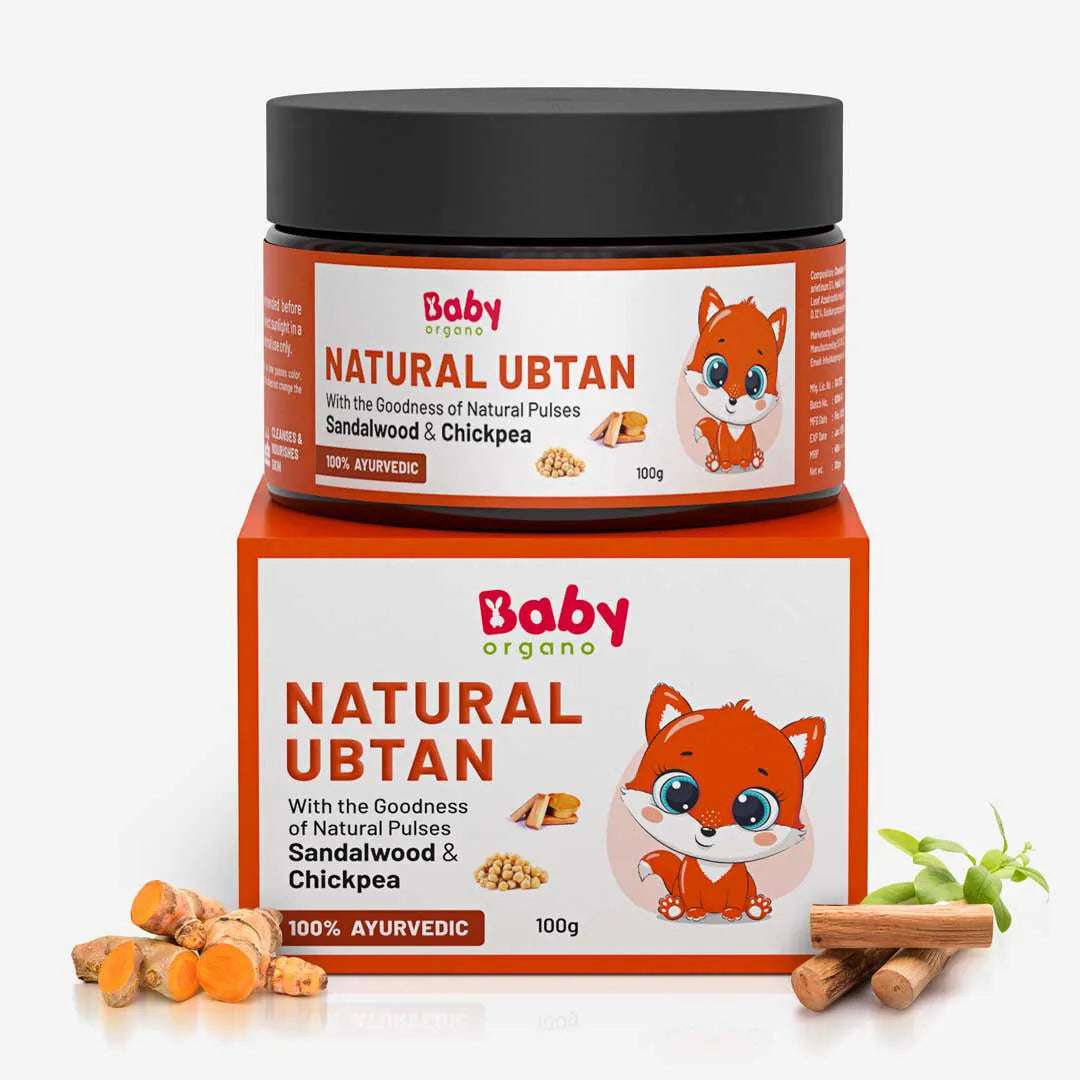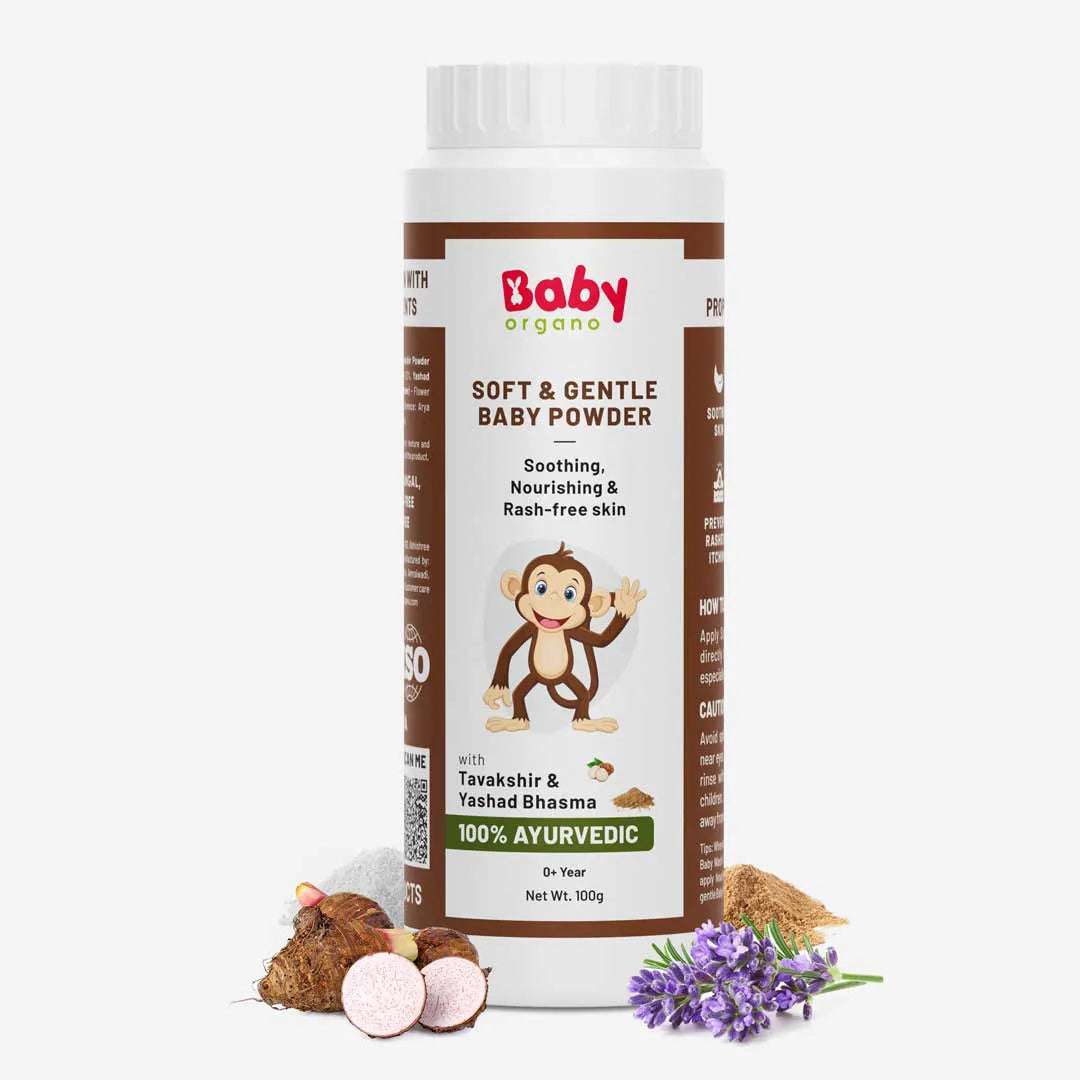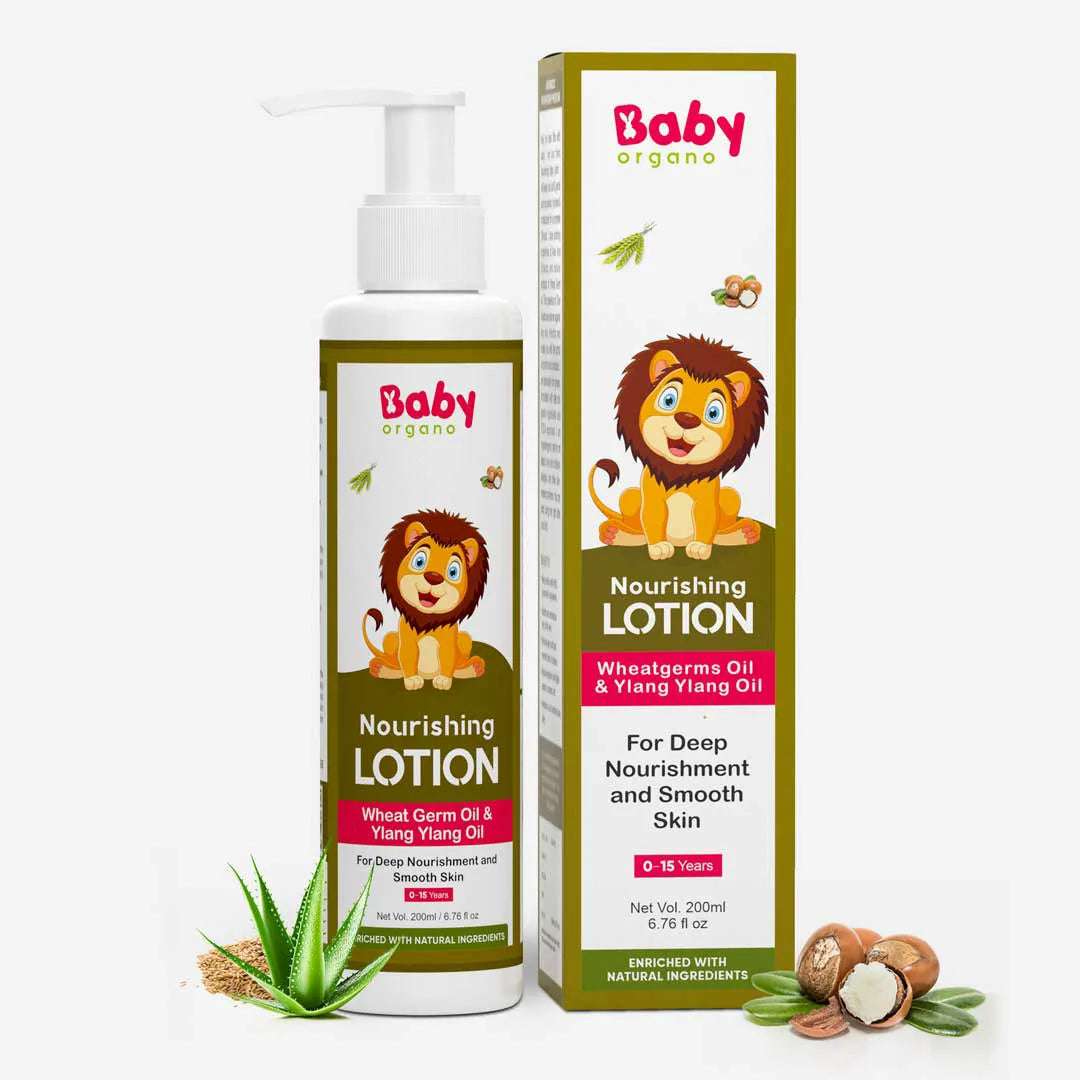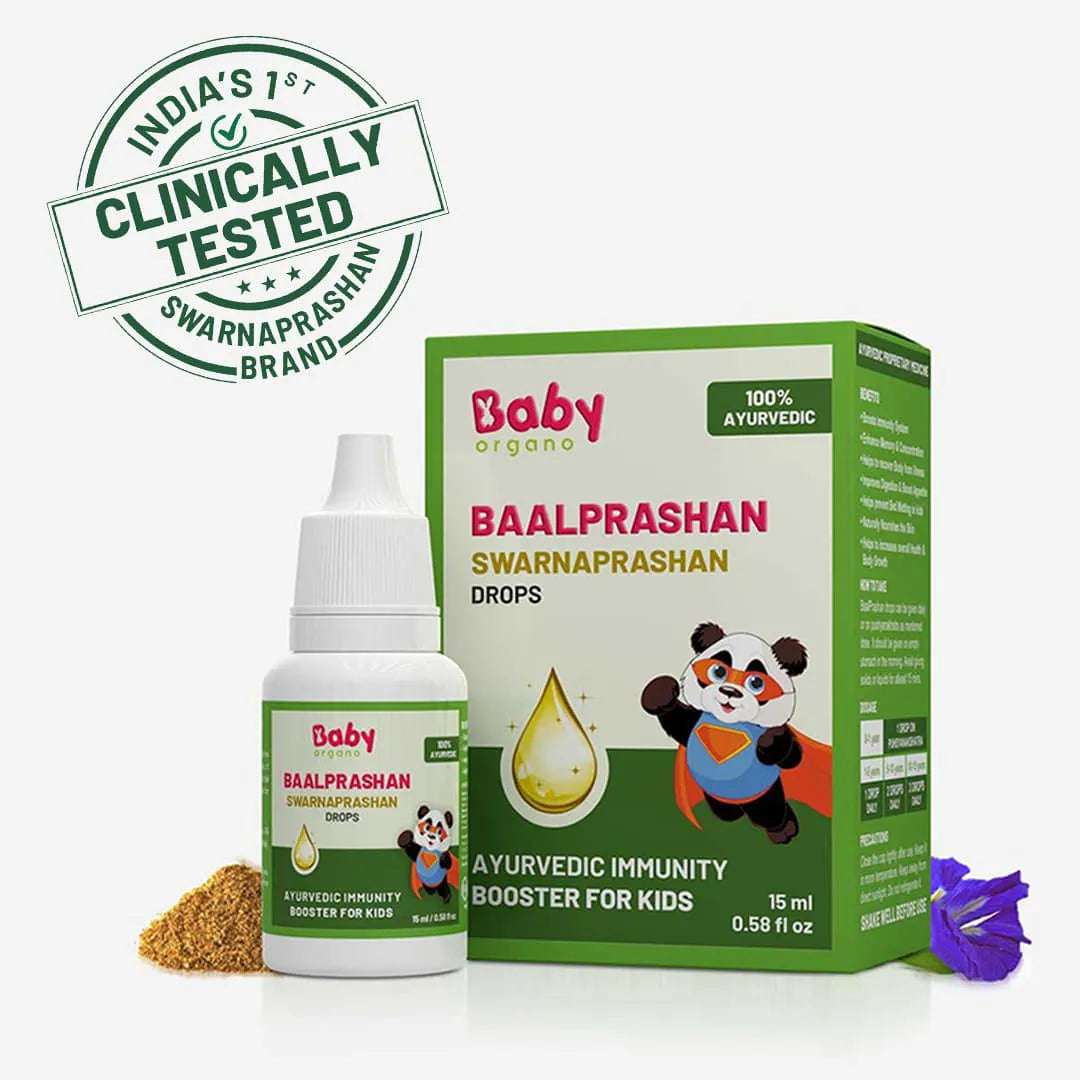
How to Prevent Diaper Rash in Newborns: Natural Tips Every Parent Should Know
- by Riddhi Sharma
- 2 min 36 sec
Table of Contents
We know how heartbreaking it is to see your baby uncomfortable.
That red, sore patch on their tiny bottom? It can make even the calmest parent worry.
But take a deep breath, mama. Diaper rash is common, treatable, and often nothing to panic about.
Most newborns experience it at some point, especially in their first year.
Understanding the causes, knowing how to prevent it, and treating it gently can make a world of difference.
Let’s walk through this together.
What Causes Diaper Rash in Newborns?
That red, sore patch on your baby’s bottom? Yes, that’s diaper rash.
It’s super common and can happen to any baby, especially newborns.
So, what causes it? Let’s break it down.
-
Prolonged Wetness
A wet diaper sitting too long can irritate delicate skin. -
Friction
Rubbing from the diaper can cause redness, especially if it's too tight. -
Urine & Stool
These contain enzymes that can break down your baby’s skin barrier. -
New Products
Sometimes wipes, detergents, or creams can irritate sensitive skin. -
Yeast Infections
Warm, moist areas are perfect for yeast to grow. -
Antibiotics
If a baby or breastfeeding mom is on antibiotics, it can upset the skin's balance.
How to Prevent Diaper Rash – Natural & Ayurvedic Tips

The good news? Diaper rash is mostly preventable.
With small changes and some Ayurvedic love, you can protect your baby’s skin.
-
Change Diapers Often
Don’t wait till the diaper is full. Frequent changes are key. -
Let That Bum Breathe
Give your baby some diaper-free time every day. Fresh air is magical. -
Gentle Cleaning
Use soft cotton cloth or fragrance-free wipes. Be gentle. No scrubbing. -
Dab, Don’t Rub
Always pat dry the area after cleaning. Rubbing can worsen irritation. -
Choose the Right Diaper
Some diapers don’t suit every baby. Try different types if rashes persist. -
Apply a Natural Barrier
Use ghee, coconut oil, or a baby-safe Ayurvedic diaper cream to protect skin. This helps keep the area protected better. -
Avoid Talcum-Based Powders
They can dry out the skin and irritate it further. There are ayurvedic alternatives like Soft & Gentle Talc Free Baby Powder, which can be used. -
Ubtan Before Bath
A soft, Ayurvedic, and Natural Ubtan made with herbs like Neem and Turmeric can keep skin clean and calm.
-
Use Ayurvedic Oils
Massage with oils like Bala Ashwagandha or Dashmool oil to nourish skin. -
Keep Baby Hydrated
Well-hydrated babies have better skin health, even if breastfed.
Types of Diaper Rash
Not all diaper rashes are the same. Let’s look at the common types:
-
Irritant Diaper Dermatitis
This is the most common kind—caused by moisture, pee, and poop. -
Yeast Rash (Candidiasis)
If the rash is red, shiny, and spreads to skin folds, it might be fungal. -
Allergic Rash
Triggered by baby wipes, detergents, or diapers with fragrances. -
Bacterial Rash
Looks inflamed, with yellowish fluid or crusting. Needs medical attention. -
Intertrigo
Redness in the folds of the thighs and bottom is caused by friction and moisture.
When to Consult a Doctor
Sometimes, rashes need more than home care.
Look out for these signs:
- Rash isn’t improving after 2-3 days of care
- Blisters, sores, or yellowish crust
- Fever or unusual fussiness
- Rash spreading beyond the diaper area
- Rash that bleeds or looks infected
Trust your gut. If something feels off, always check with your pediatrician.
Frequently Asked Questions About Diaper Rash
- What heals a diaper rash fastest?
Frequent diaper changes, air time, and a natural barrier like coconut oil or an Ayurvedic rash cream usually work wonders. - Do breastfed babies get less diaper rash?
Yes! Breastfed babies usually have fewer rashes, thanks to the gentler composition of breast milk stools. - How can I save my baby from diaper rash?
Prevention is the best cure. Keep the area clean and dry, give air time, and avoid harsh products. - Is baby powder good for diaper rash?
Not really. Talcum powders can irritate lungs and dry out skin. Natural alternatives like arrowroot powder or cornstarch are gentler.
Recommended Natural Alternatives
If you're exploring baby-friendly, natural options that align with both comfort and care, here are a few gentle suggestions:
Ayurvedic Diaper Rash Cream
Choose creams made with powerful yet calming herbs like Yashtimadhu (Licorice), Manjistha, and Shuddha Guggul.
These ingredients are known in Ayurveda for their anti-inflammatory and skin-healing properties.
They help soothe redness, reduce discomfort, and create a protective barrier without clogging pores.
Cold-Pressed Coconut Oil
A trusted household remedy for generations, cold-pressed coconut oil is naturally antimicrobial and deeply moisturizing.
Apply a thin layer at every diaper change to act as a barrier against wetness and friction.
Gentle Baby Ubtan
A mild, herbal cleansing powder made from natural ingredients like Neem, Turmeric, and Sandalwood can be used once or twice a week.
It helps keep the diaper area clean, reduces bacterial growth, and soothes the skin without harsh chemicals.
Reusable Cloth Diapers
If your baby reacts to disposable diapers, consider switching to soft, breathable cloth diapers.
They reduce the risk of irritation, are eco-friendly, and let the skin breathe better.
Just make sure to wash them with baby-safe, fragrance-free detergents.
Fragrance-Free Wipes or Wet Cotton Pads
Use gentle wipes or clean cotton dipped in lukewarm water to clean during diaper changes.
Avoid alcohol-based or perfumed wipes that can sting or irritate.
Diaper-Free Time (the best product is no product!)
Whenever possible, allow your baby to stay without a diaper for a few minutes.
This simple practice helps air out the skin and prevents moisture buildup.
Important Note:
Always patch-test any new product on a small area of your baby's skin.
If redness or irritation develops, discontinue use and consult your pediatrician.
Natural solutions work best when used consistently and paired with lots of love and observation.
Final Thoughts
Diaper rash can feel overwhelming, especially when you’re trying your best and your baby still seems uncomfortable.
But remember, you’re not alone in this. Every parent goes through these little bumps in the journey.
Your baby’s skin is learning to adapt, just like you are learning to care for it.
With gentle care, a mindful routine, and the support of age-old Ayurvedic wisdom, healing is always possible.
You’re doing beautifully, even on the tough days.
Your baby’s skin deserves the softest touch—and so does your heart.
Be kind to yourself, take one day at a time, and trust that love truly is the best medicine.
- Tags:
- Parenting tips





